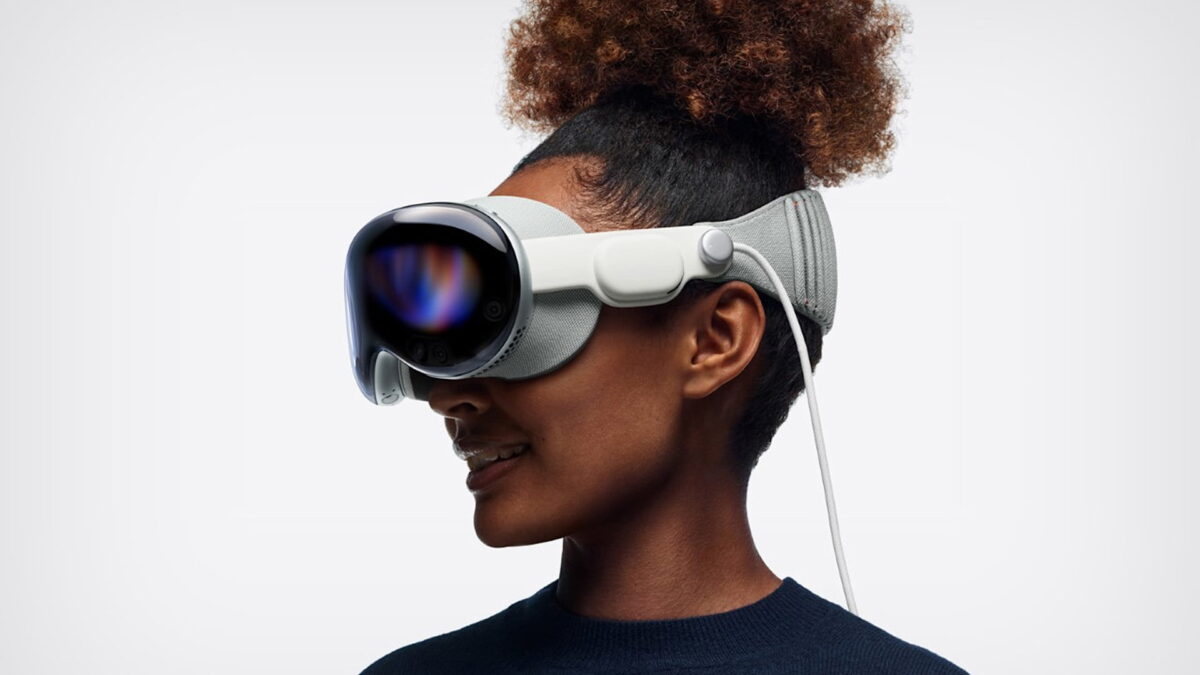Apple Vision Pro displays alone cost more than Quest 3

Apple spares neither cost nor effort with Vision Pro. This is reflected in extremely expensive components, as a comparison shows.
The Apple Vision Pro will certainly set the quality standard for mixed reality, but it will be unaffordable for the masses. The high price of $3,500 is likely due to the belief that headsets need to become something everyone wants before they become something everyone can afford. At least, that's the way Oculus founder Palmer Luckey sees it.
Meta is taking a very different approach: Mark Zuckerberg wants to democratize VR and AR as quickly as possible, and that means making technical compromises. Meta Quest 2 costs $300, and the next generation of the headset, which features advanced mixed reality similar to Apple Vision Pro and will be released as early as this fall, will cost $500. That's one-seventh the price of Vision Pro.
Expensive new micro-OLED panels
The wide range of budgets is reflected in the technology used, according to a study by research firm Omdia.
Omdia's David Hsieh, a supply chain analyst specializing in displays, conducted the research and published the results on Omdia's website.
Apple's headset uses three panels: an internal display per eye that displays content, and an external one that displays the user's eyes to the outside world, a unique feature Apple calls EyeSight, which I delved into in another article.
Hsieh estimates the cost of the internal micro OLED display, each with a resolution of 3,648 x 3,144 pixels, at $228. That translates to $456 for a pair. The external OLED display, on the other hand, is flexible, according to Hsieh, has a resolution of 800 by 360 pixels, and costs about $70.
The total price of the displays would thus be around 530 US dollars, which is more than the retail price of Meta Quest 3. The components and manufacturing costs of the Meta Quest 3 are not known.
Analyst lists specifications of Apple Vision Pro displays
According to Hsieh, the Vision Pro's displays are the most expensive hardware component, accounting for 35 percent of the device's total cost, which the analyst puts at $1,542 (including manufacturing). The second most expensive hardware component is the two chipsets (M2, R1), which together cost about $240 and account for 15 percent of the total cost.
You can find the complete display specifications mentioned by Hsieh below:
- OLEDoS, the internal display or "main display"
- Two pieces per device, one piece for each eye
- 1.41-inch, 3648x3144 resolution 3,400 PPI
- 23.9 megapixels (3648x3144 x 3 = 23.9 million, approximately)
- White OLEDoS made by Sony Semiconductor
- TSMC, with a 130nm process and 300mm wafer, supplies the silicon backplane
- TSMC makes the OLEDoS driver IC with a 28nm process
- Over 500 nits brightness with 95% DCI-P3 color gamut
- The estimated cost is $228 per piece
- Flexible OLED, the external display or "sub display
- One piece
- 6-inch 800x360 resolution and 145 PPI
- RGB flexible OLED and free form with goggle shape made by LG Display
- The estimated cost is $70 per piece
On Omdia's website you can also find a list of the individual components and their costs.
The reason the Vision Pro's main displays are so expensive is that they use a display technology that until now has only been produced in small quantities: OLED microdisplays, which are made on silicon wafers.
As a result, the producible number of units of the Vision Pro is said to be severely limited. Omdia estimates that Apple will only be able to produce 200,000 devices next year. The situation is not expected to improve until 2025, when more manufacturers such as LG Display and Samsung Display join and mass produce OLED microdisplays. Then the manufacturing costs for the displays will also drop, and with them the prices of headsets that use the new high-quality panels.
Note: Links to online stores in articles can be so-called affiliate links. If you buy through this link, MIXED receives a commission from the provider. For you the price does not change.